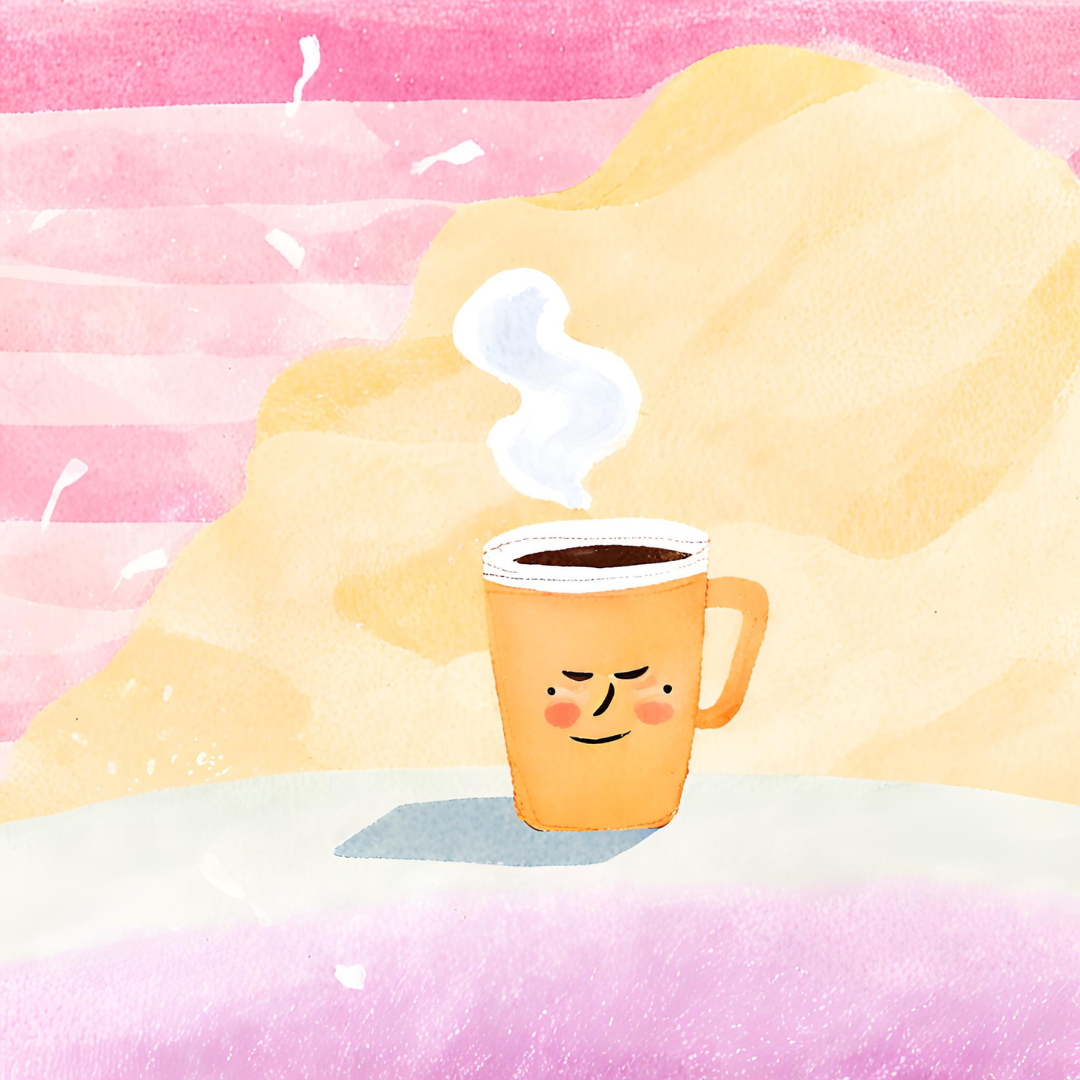
Unpacking the Caffeine Content in Your Favorite Teas
Share
A Caffeine Adventure: Exploring Sencha, Matcha, Houjicha, and Coffee Beans
Welcome to our caffeinated journey! Today, we’re diving into the delightful world of caffeine content in some of your favorite drinks: Sencha, Matcha, Houjicha, and Coffee Beans. Buckle up for a tour through oxidation levels, processing types, and how they affect the taste of these beloved beverages.
Sencha: The Classic Green Tea
Sencha, a classic Japanese green tea, offers a refreshing taste with moderate caffeine levels. It's made from tea leaves that are steamed, rolled, and dried, preserving their green color and fresh flavor. The steaming process prevents oxidation, keeping the caffeine content moderate and the taste vibrant and grassy. High quality sencha is steamed and processed within hours of its harvest to minimize oxidation.
Taste: Fresh and grassy, with a slight sweetness.
Caffeine Content: Moderate
Matcha: The Green Tea Powerhouse
Matcha is a powerhouse when it comes to caffeine. This finely ground green tea is made from shade-grown leaves, which are then stone-ground into a fine powder. Because you consume the whole leaf when drinking matcha, you get a higher dose of caffeine compared to other teas. The lack of oxidation and the unique processing method give matcha its high caffeine content and rich, umami flavor.
Taste: Rich, creamy, and umami, with a hint of bitterness.
Caffeine Content: High. Approximately 70 mg per 240 ml serving
Matcha contains about 35 mg of caffeine per gram. A typical serving size of matcha is about 2 grams, which translates to roughly 70 mg of caffeine per serving.
Houjicha: The Toasty Delight
Houjicha is the mellow cousin in the green tea family. This tea is made from roasted green tea leaves, giving it a distinctive toasty flavor. The roasting process reduces the caffeine content, making Houjicha a great choice for those who want a lighter caffeine kick. The oxidation that occurs during roasting not only lowers the caffeine but also adds a warm, nutty flavor to the tea.
Taste: Toasty, nutty, and slightly caramel-like.
Caffeine Content: Low
Coffee Beans: From Light to Dark Roasts
Coffee beans are a caffeine classic, but did you know the caffeine content varies depending on the roast? Light roasts have slightly more caffeine than dark roasts because the longer roasting process of dark roasts breaks down some of the caffeine molecules. Light roasts also tend to have a brighter, more acidic taste, while dark roasts offer a bolder, richer flavor. The oxidation levels increase with roasting, affecting both the taste and the caffeine content.
Light Roast:
-
Taste: Bright, acidic, and fruity.
Caffeine Content: High. Approximately 95 mg per 240 ml serving
Light roast coffee typically contains slightly more caffeine than dark roast coffee because the beans are roasted for a shorter period, preserving more of their original caffeine content. On average, an 8-ounce cup of light roast coffee contains about 95 mg of caffeine. This can vary based on the type of coffee bean and brewing method.
-
Taste: Bold, rich, and chocolatey.
Caffeine Content: High. Approximately 90 mg per 240 ml serving
Dark roast coffee, while having a stronger and bolder flavor, contains slightly less caffeine than light roast coffee. This is due to the longer roasting process, which breaks down some of the caffeine molecules. An 240ml cup of dark roast coffee generally contains around 90 mg of caffeine. Similar to light roast coffee, the exact caffeine content can vary based on the bean type and brewing method.
Comparison
- Light Roast Coffee: ~95 mg of caffeine per 240 ml serving
- Dark Roast Coffee: ~90 mg of caffeine per 240 ml serving
- Matcha: ~70 mg of caffeine per 240 ml serving
In summary, light roast coffee typically has the highest caffeine content, followed closely by dark roast coffee, with matcha containing slightly less caffeine per serving. Sencha and Houjicha has moderate to lower caffeine content.
In Summary
Whether you're sipping on a cup of Sencha, enjoying the power-packed Matcha, savoring the toasty notes of Houjicha, or diving into the world of coffee, each drink offers a unique caffeine experience. The processing methods and oxidation levels play a crucial role in determining both the caffeine content and the flavor profile, giving each beverage its distinctive character.
So next time you reach for your favorite cup, you’ll know a little more about what’s inside and how it got there. Cheers to your next caffeinated adventure!
